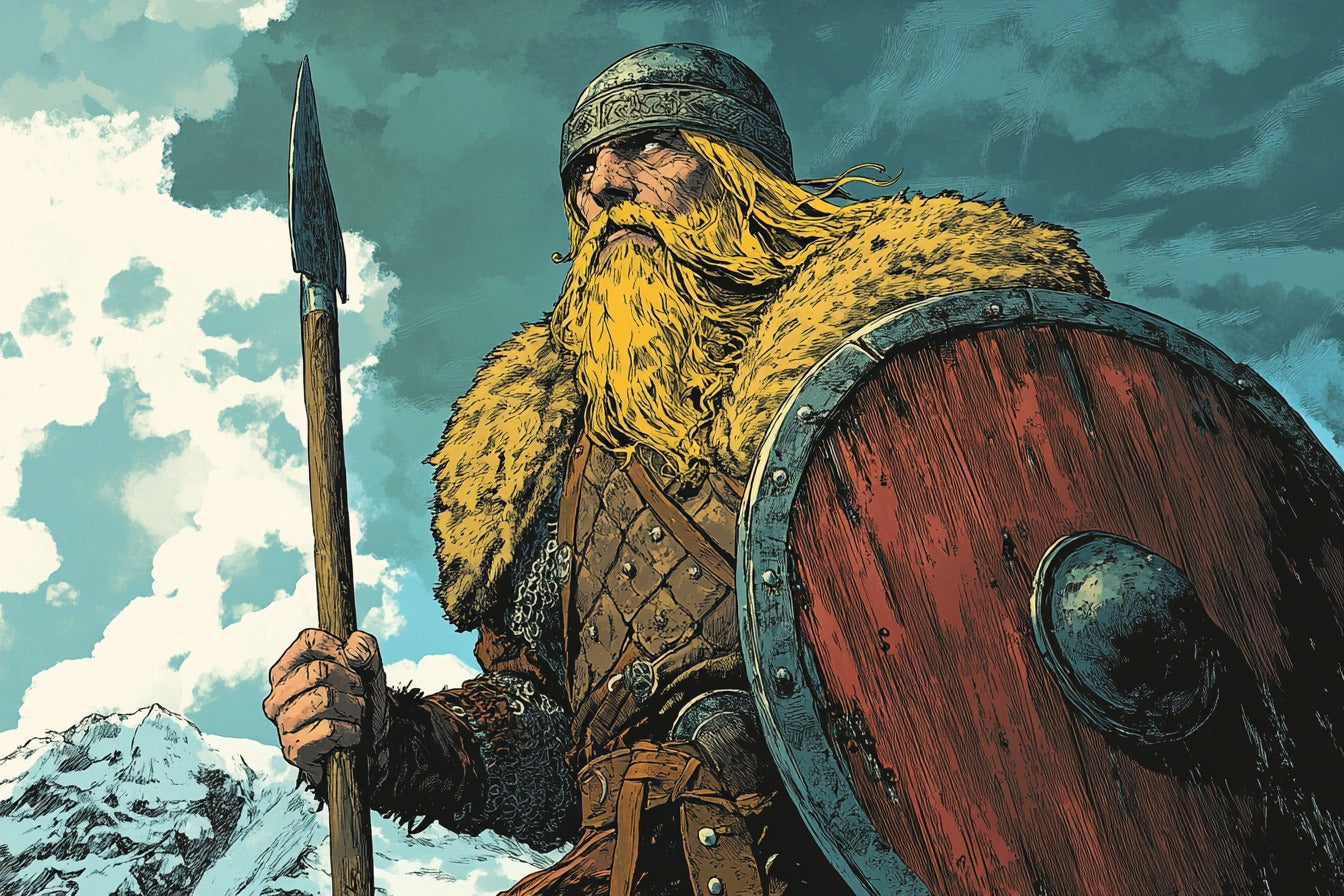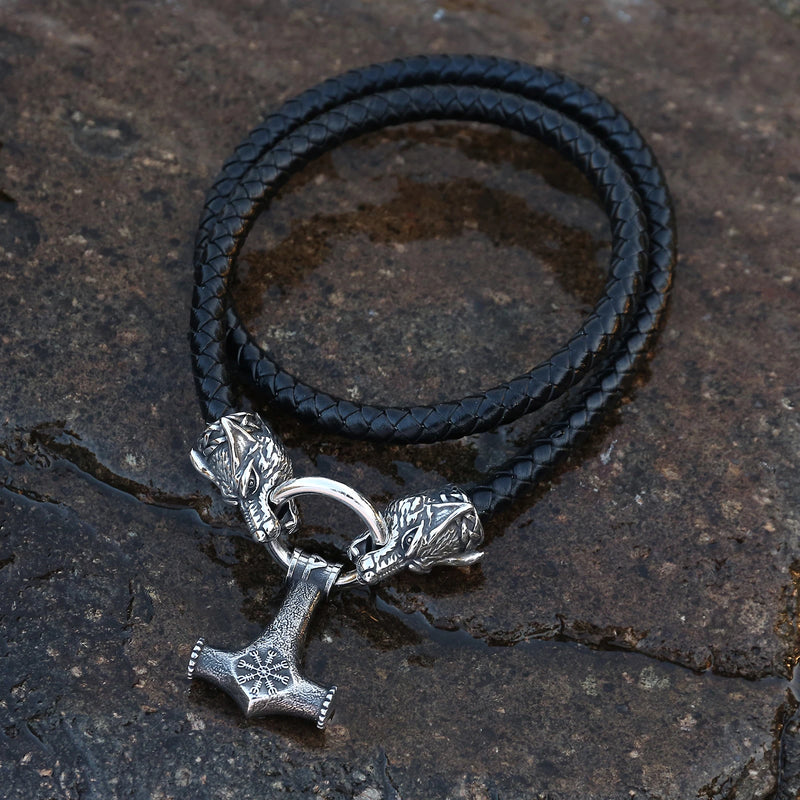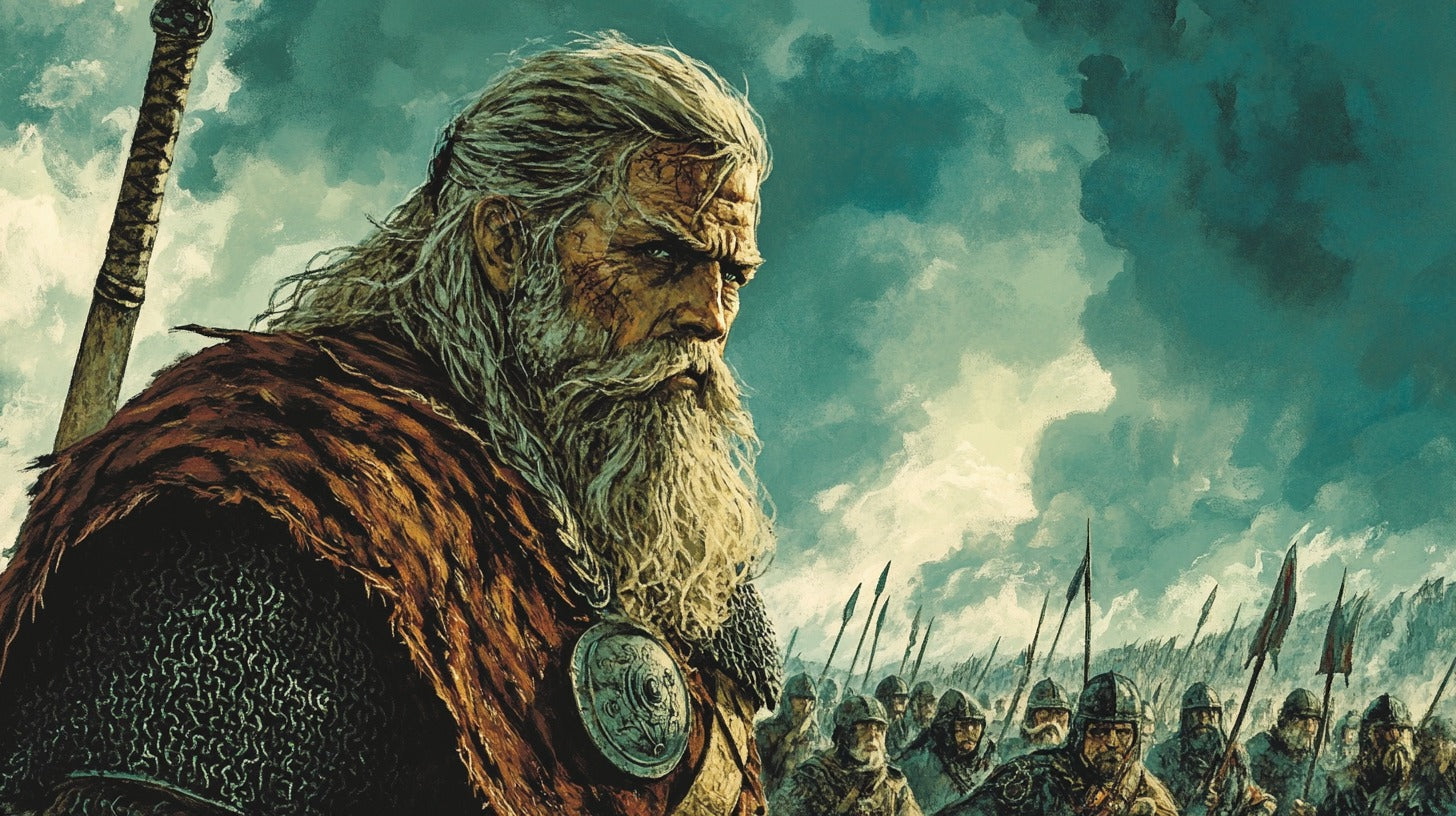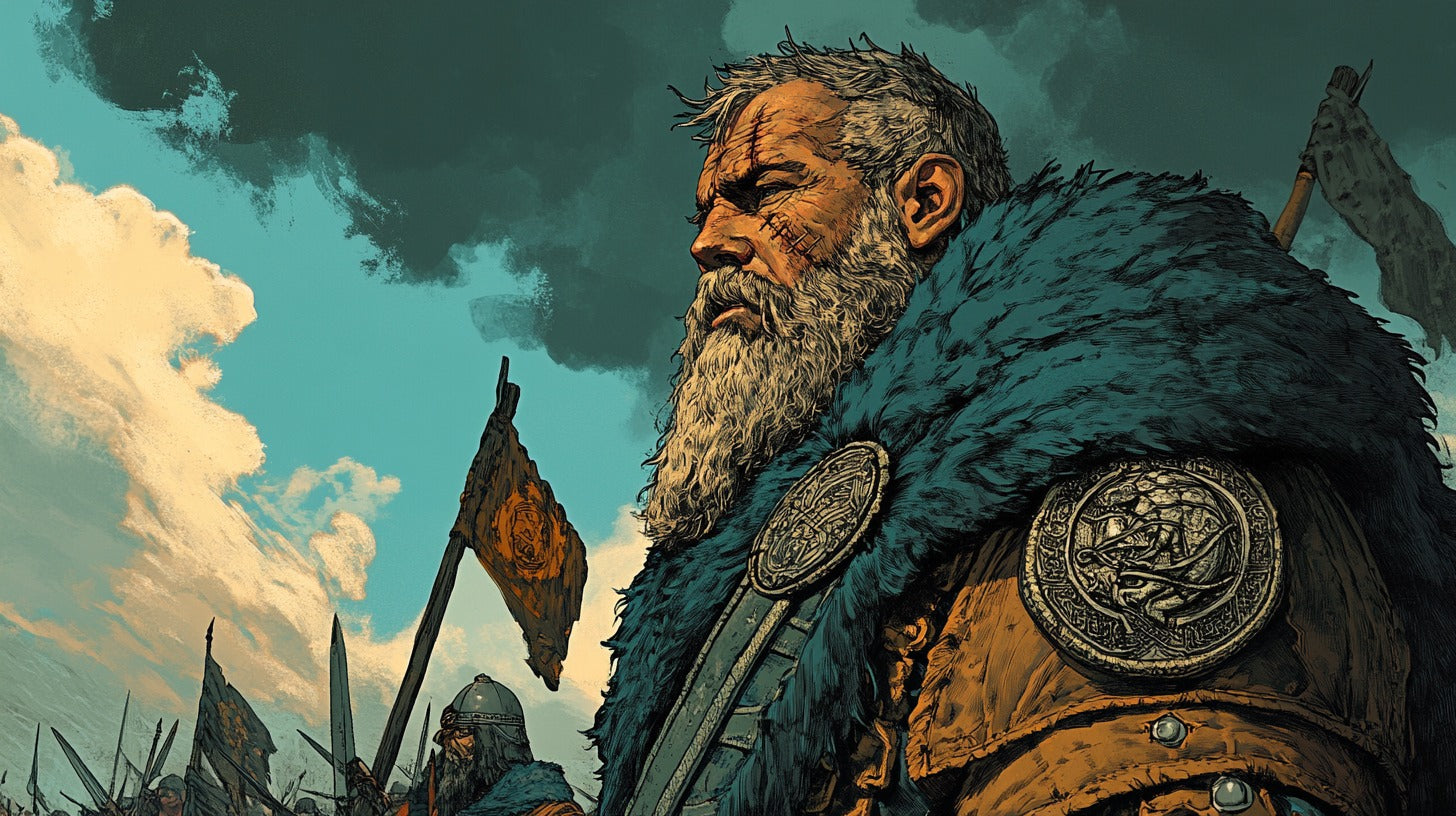
The Turning Tide: 10th Century Scandinavia and Its Impact on Europe
The 10th century was a time of transformation in Scandinavia, a pivotal moment where kingdoms began to consolidate and emerge as powerful forces in Europe. The seas that once carried fierce Viking raiders now saw the slow ebb of their dominance, giving way to nascent states and evolving societal structures. But as the ships pulled into their harbors, what was left behind? A land of fierce warriors, yes, but also farmers, poets, and kings who shaped the very foundations of their nations. Scandinavia’s story during this time is one of both conflict and cultural renaissance, where old ways clashed with new ideologies and pagan gods began to falter before the cross.
The Rise of Scandinavian Kingdoms
By the 10th century, Scandinavia had entered a crucial phase in its history. Kingdoms began to consolidate under powerful rulers, setting the stage for the more recognizable nation-states of Denmark, Norway, and Sweden. This consolidation was far from peaceful—unification often came at the cost of bloody battles and strategic alliances. The foundations laid by these rulers would create a legacy that shaped the future of Northern Europe.
Harald Bluetooth: The Architect of Unification
In Denmark, Harald Bluetooth became the key figure who sought to unify the fractious Danish tribes. His reign is most notably marked by the construction of impressive fortifications and the spread of Christianity, a faith he famously accepted—though perhaps more for political than spiritual reasons. Harald’s legacy as the unifier of Denmark remains etched in history, immortalized in runes and tales of his wisdom and might.

Curmsun Disc featuring the 'Harald' (Arald Curmsun) inscription at the top lines, believed to reference Harald Bluetooth, a notable Viking king / Photo: Tomasz Sielski
The Emergence of Norway’s Coastal Kingdoms
Meanwhile, in Norway, the coastal kingdoms thrived, ruled by chieftains who made their wealth from sea raids and trade. The rise of figures like Haakon the Good, who attempted to bring Christianity to his people, signals the complex interplay between tradition and the emerging influences from the Christian world. These kings saw their fortunes rise and fall with the tides, their influence rooted in both warfare and diplomacy.
Life in 10th Century Scandinavia

Life in 10th century Scandinavia was not only about raids and warfare, although these often captured the imagination of outsiders. This was also a period of growing settlements, flourishing trade, and everyday routines that shaped the rhythm of life for ordinary Scandinavians. From bustling marketplaces to quiet farms, society in Scandinavia was evolving, characterized by a complex social hierarchy.
Social Hierarchy: Jarls, Karls, and Thralls
The social structure was rigid. At the top stood the jarls, the noble warriors who ruled their lands and commanded loyalty from their followers. Below them were the karls, free peasants who formed the backbone of Scandinavian society—farmers, traders, and craftsmen. At the bottom were the thralls, slaves who were often captured during raids or sold into servitude. Each class had a distinct role in society, and mobility between them was rare.
Trade and Commerce
Trade routes connected Scandinavia to the farthest corners of the known world, from the Byzantine Empire to the caliphates of the Middle East. Scandinavian traders sailed down rivers, through forests, and across seas, exchanging furs, amber, and iron for silk, spices, and silver. The bustling trade hubs like Hedeby and Birka were centers of commerce where cultural exchanges thrived, as goods from the East mingled with the practical items of the North.
Religion and Belief Systems

Jörmungandr - The Midgard Serpent - Bracelet
Religion in 10th century Scandinavia was undergoing a profound transformation. For centuries, Norse gods like Odin, Thor, and Freyja had been venerated in rituals steeped in tradition. However, the creeping influence of Christianity began to take root, creating a collision between the old faith and the new.
The Pagan Faiths of the Norse
The Norse gods were a central part of everyday life. These deities, with their human flaws and divine powers, reflected the harsh realities of life in the North. Sacrifices and rituals were performed to honor the gods and secure their favor in battle, farming, and the everyday trials of life. Thor’s hammer was worn as an amulet of protection, while Odin’s wisdom guided chieftains and kings.

Thor's Guardian: Mjolnir Wolf Clasp Ægishjálmr Pendant
The Spread of Christianity
The Christian faith began to spread through Scandinavia, carried by missionaries and, at times, imposed by force. The conversion of kings like Harald Bluetooth marked a turning point in the region’s religious landscape. Old temples were torn down, churches were built, the tales of Norse mythology began to dim, and slowly, pagan practices gave way to the teachings of Christ. Yet, the process was neither swift nor complete, and for many, the old gods lingered, their stories passed down in whispered tales.
Warfare and Viking Raids

No exploration of 10th century Scandinavia would be complete without addressing the Viking raids, which still cast a long shadow over the period. Warfare was an intrinsic part of life, with raiders setting sail in their longships to pillage and plunder distant shores.
Viking Raids Across Europe
From the British Isles to the rivers of Francia, the Vikings were feared for their lightning-quick raids and brutal efficiency. These warriors struck deep into the heart of Europe, raiding monasteries, sacking towns, and leaving a trail of destruction in their wake. But these raids were not just for plunder—they were also a way to gain political influence and prestige back home.
Shipbuilding and Naval Dominance
The Vikings owed much of their success to their mastery of shipbuilding. The sleek, fast, and maneuverable longships allowed them to travel across vast oceans and navigate shallow rivers, bringing terror to far-flung lands. These ships were not just tools of war; they were symbols of prestige and power.
The Role of Women in Society

Women in 10th century Scandinavia occupied a unique position, often enjoying more rights and freedoms than their counterparts in other parts of Europe. They played crucial roles in both domestic and public spheres.
Women in Trade and Governance
In Scandinavian society, women could manage estates, engage in trade, and in some cases, even influence governance. Notably, high-born women often wielded significant power, especially when their husbands were away on raids or trading expeditions. Some women, known as shieldmaidens, even took up arms and fought alongside men in battle, their strength and courage immortalized in both sagas and historical accounts. These women were not only homemakers but also key players in the economic and political spheres.
The Influence of Law and Order

While the Vikings were often depicted as lawless raiders, Scandinavia had a well-established legal system that helped maintain order within the growing kingdoms. Laws were central to societal stability, and justice was often carried out in communal assemblies.
The Thing: Scandinavia’s Assembly
The "Thing" was the governing assembly in many Scandinavian regions, where free men gathered to discuss laws, resolve disputes, and make decisions on important matters. It was here that the community decided on legal cases, and the role of law was critical in preventing internal strife. Each region had its own assembly, and disputes were settled with the participation of chieftains and local leaders.
Trial by Combat and Other Legal Practices
Trial by combat was a unique aspect of the legal system, where disputes were sometimes settled by duels. Victory in combat was often seen as a sign of divine favor, granting the winner legal justice. In other cases, fines, exile, or reparations were used to settle legal matters, showing that even a warrior society valued law and order.
The Cultural Legacy of the 10th Century
The 10th century was not only a time of war and political change but also a period of rich cultural expression. Poetry, art, and the construction of monumental structures like runestones marked the era's intellectual vibrancy.
Skalds and Oral Traditions
Skalds, the poets of the Viking Age, played a crucial role in preserving history through the art of storytelling. These poets were often attached to the courts of kings and chieftains, where they recited long, intricate poems that praised the deeds of their patrons or recounted the sagas of old. The skaldic tradition helped preserve not just history but the values of honor, bravery, and loyalty that were central to Scandinavian life.
Runestones and Their Meanings
Runestones, carved with intricate designs and inscriptions in runes, were another form of cultural expression. These stones, often erected in memory of deceased loved ones or to commemorate significant events, serve as lasting records of 10th century Scandinavia. They are scattered across Denmark, Sweden, and Norway, and offer invaluable insights into the lives and beliefs of the people during this era.
Conclusion
The 10th century was a transformative period in Scandinavia's history—a time when kingdoms solidified, religions clashed, and a fierce warrior culture began to transition into more settled and structured societies. The lasting legacy of this period is etched into the landscape, from the sagas that echo across the ages to the runestones that stand as silent sentinels of a bygone era. The Norse gods may have faded, but the culture, customs, and stories from this century continue to shape modern understandings of Scandinavia. The 10th century was the bridge between a pagan past and a Christian future, leaving an indelible mark on Europe’s history.
FAQs
- What was life like in 10th century Scandinavia?
Life was a mix of farming, trade, warfare, and evolving social structures. People were grouped into distinct classes, and Viking raids continued to play a central role in their society.
- Who was Harald Bluetooth, and why is he important?
Harald Bluetooth was a Danish king who unified the tribes of Denmark and was one of the first Scandinavian kings to convert to Christianity, helping to spread the religion throughout the region.
- How did the Thing function in 10th century Scandinavia?
The Thing was a governing assembly where free men gathered to discuss laws and resolve disputes. It was a key institution for maintaining order and justice in Scandinavian society.
- Did women have rights in 10th century Scandinavia?
Yes, women in 10th century Scandinavia enjoyed more rights than in many other parts of Europe. They could own property, engage in trade, and even participate in governance.
- What role did Viking raids play during this time?
Viking raids were both a means of gaining wealth and a tool for political influence. Raids across Europe helped Scandinavian rulers assert dominance and expand their territories.
References
Sawyer, P. H. (2001). The Oxford Illustrated History of the Vikings. Oxford University Press.
Winroth, A. (2014). The Age of the Vikings. Princeton University Press.
Jones, G. (1984). A History of the Vikings. Oxford University Press.
Roesdahl, E. (1998). The Vikings. Penguin Books.
Forte, A., Oram, R. D., & Pedersen, F. (2005). Viking Empires. Cambridge University Press.








